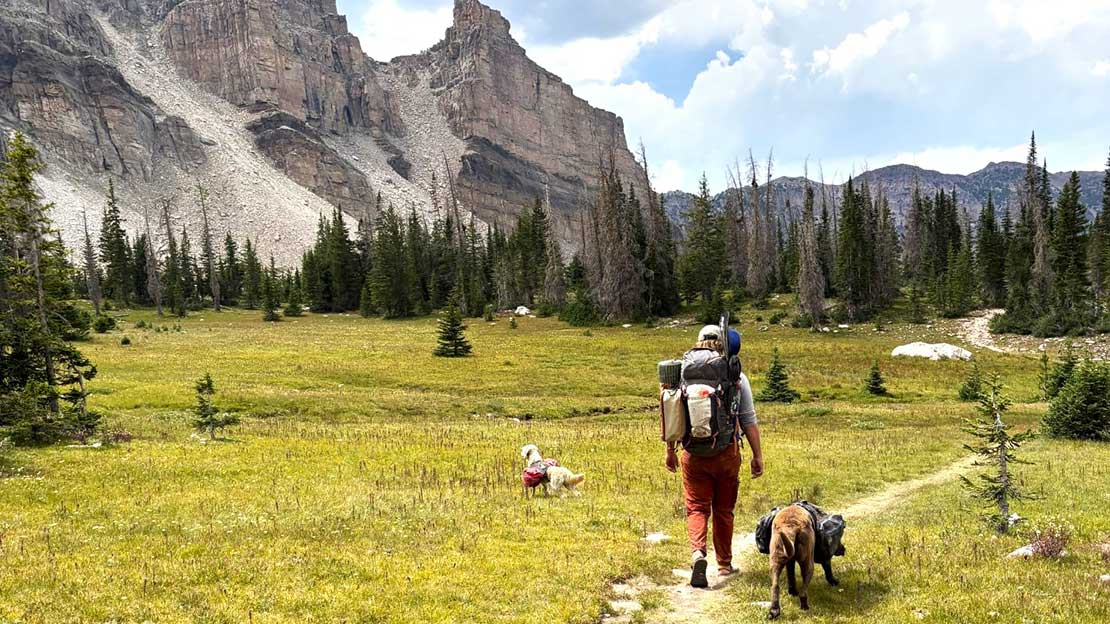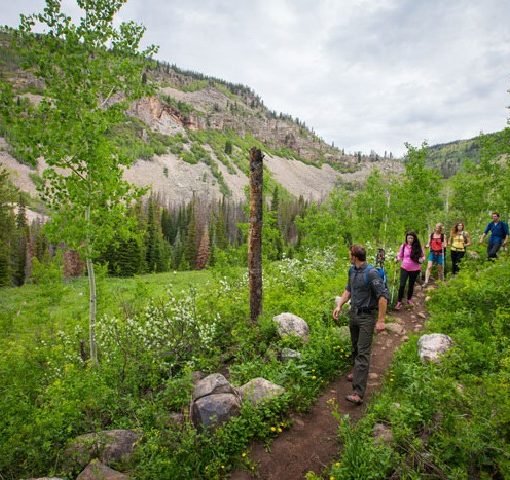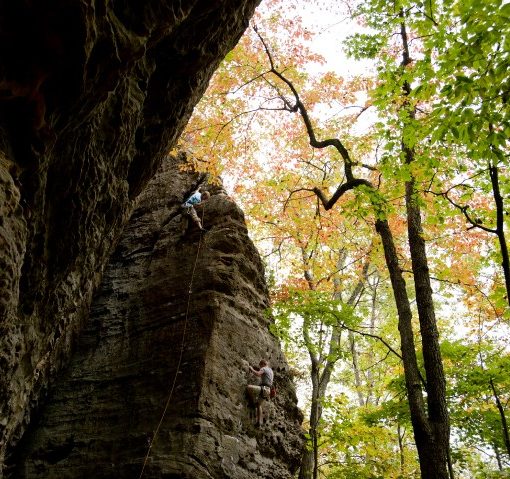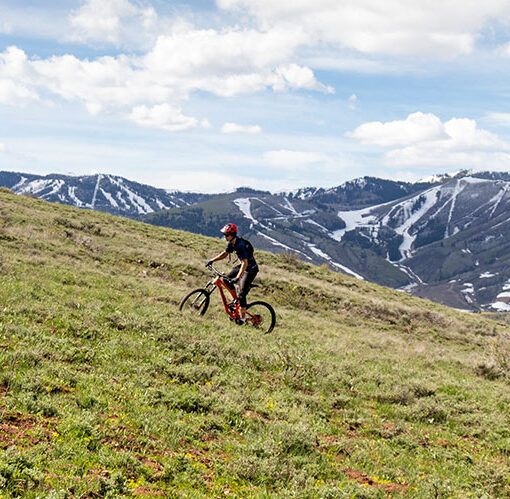A backpack can be your best friend or worst enemy on the trail. It is your lifeline to shelter, food and water and it is important that your pack fits you well. With so many factors to consider like fit, material and size, how do you choose a backpack? This guide will help you choose the right pack for you, even if you’re new to backpacking!
Volume
Backpack sizes measured by capacity or volume. Liters are the standard unit of measure for backpacks. When picking a backpack, it’s important to consider how many nights you’ll be on the trail, which then will guide you to the right size.
Twenty liters is a good size for a day pack. Between 35 and 55 liters works well for two to three nights. For extended backpacking trips, you will need a pack larger than 60 liters.
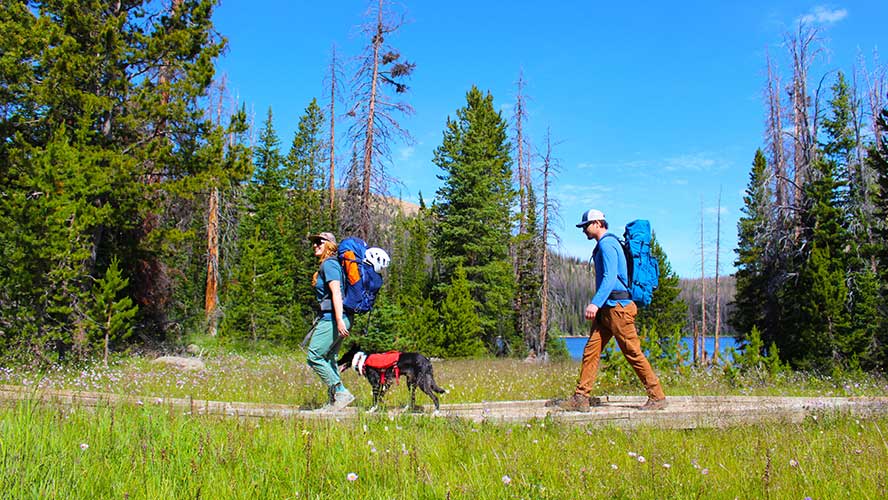
Style/Design
Most modern backpacks use an internal frame design with padded back support and hip belt. Some have an expandable compartment on top, called the brain, to allow more packing capacity. Outer zippers give access to gear without having to pull everything out from the top of the bag.
Use the external carry straps on the sides and under the pack to store gear like tents, sleeping pads. Look for packs that are made of durable material that offers ripstop, water-resistant protection without being too heavy.
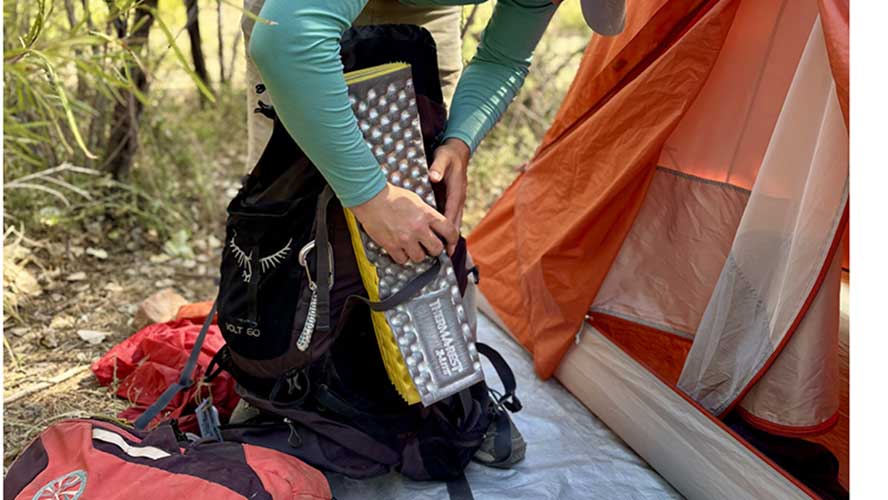
Fit
Having the right size bag that fits properly is a must. Backpacks have a specially designed hip belt that holds the load on the hips. So, if the hip belt is too loose, then the load will fall on the shoulders. Or if the fit is off, the bag can be very uncomfortable and even painful with a heavy load.
Once you pick the right volume and style pack for your intended adventures, take it out for a couple test hikes with a medium load to test the fit. A best fit will be in the middle of the adjustment range with plenty of room to tighten or loosen as needed. Use your test hikes to identify any areas where the pack is rubbing uncomfortably or causing pain so you can address this before a longer multi-day trip. Happy trails!
By Jans Experts

